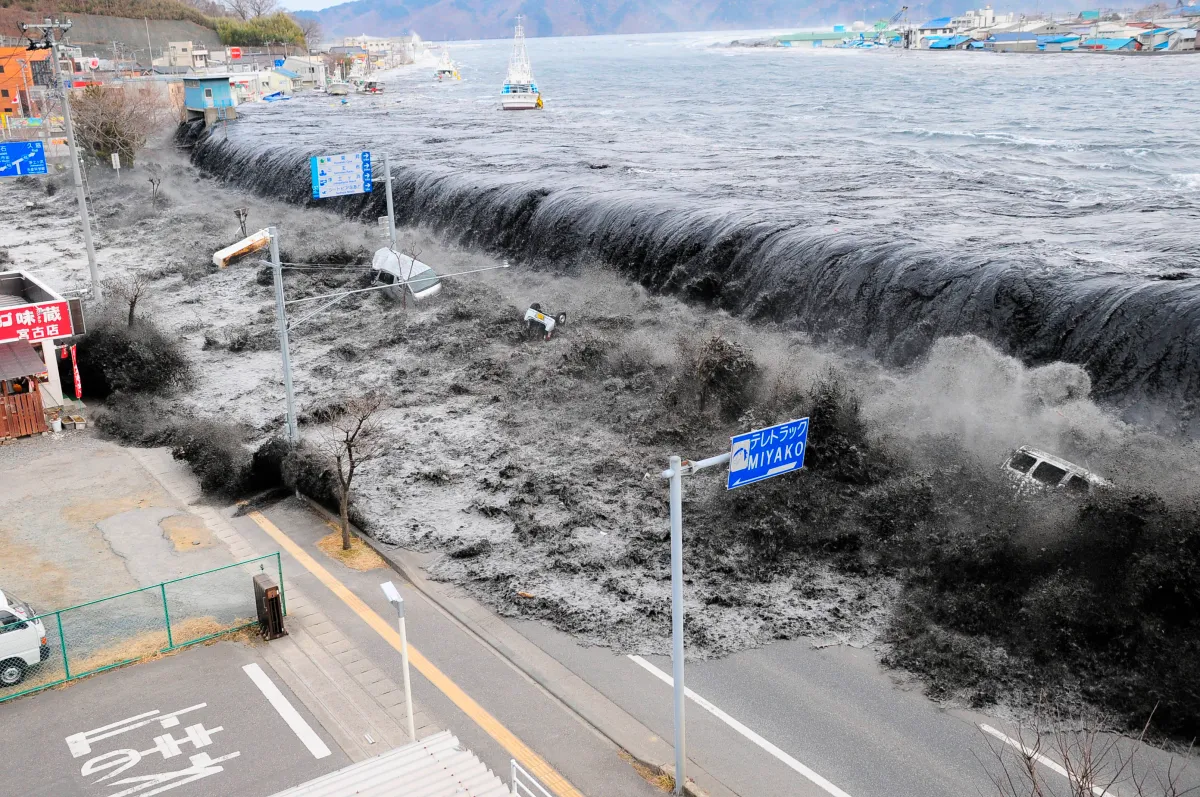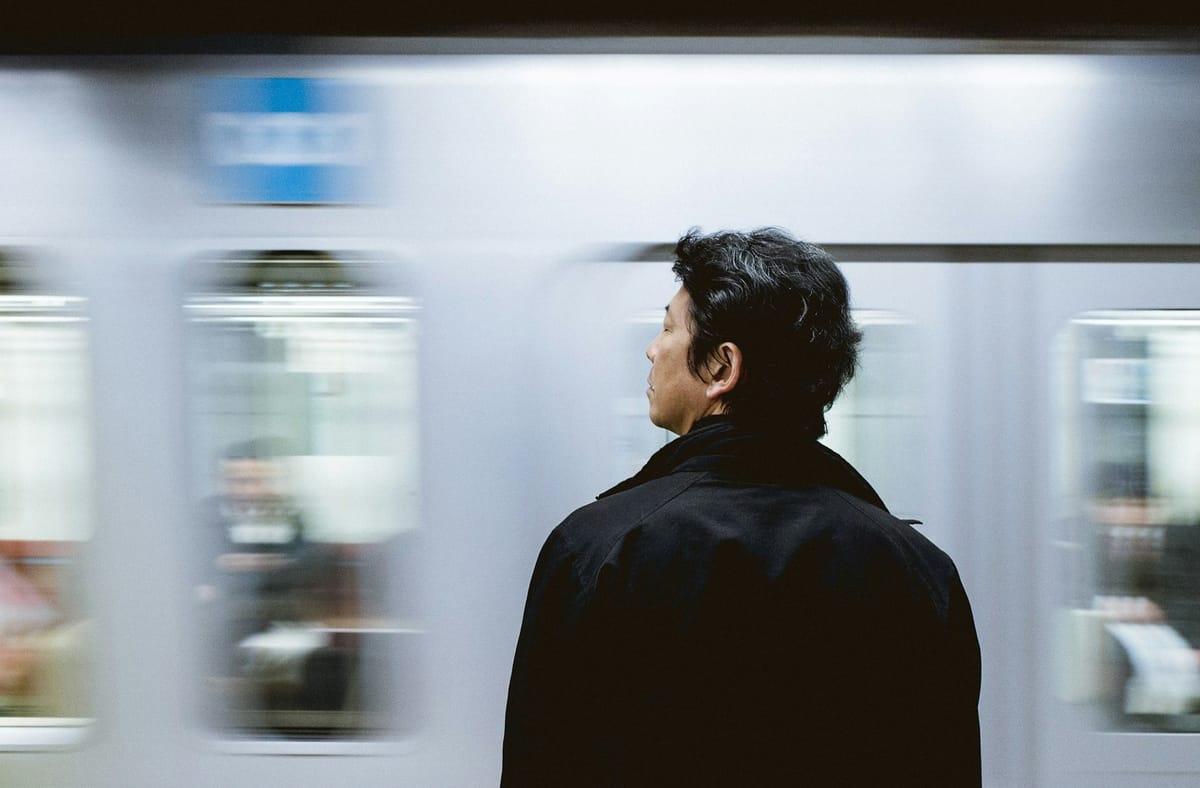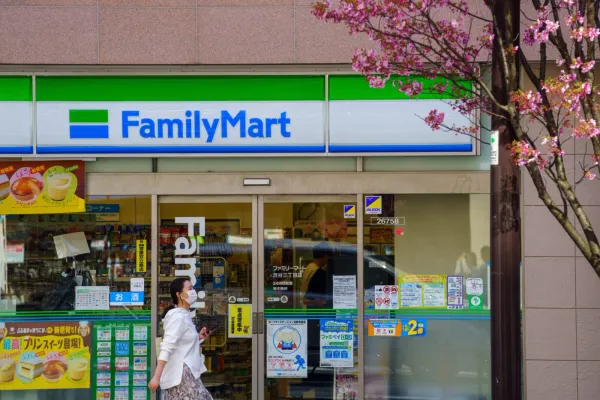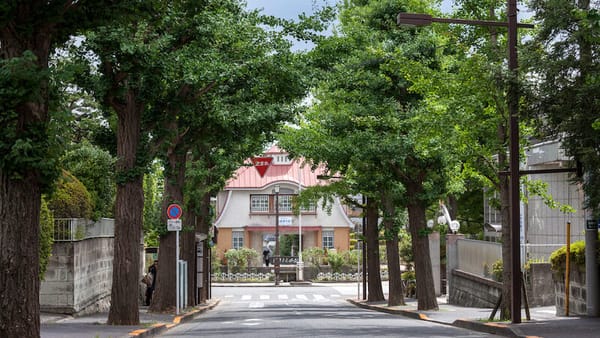The Nankai Trough Earthquake Explained
A clear, thoughtful guide to understanding the Nankai Trough Earthquake — what to expect and how to prepare without panic.

Japan’s rich history and vibrant culture are shaped not only by its people but also by the powerful forces of nature that constantly shape the land. Among these natural phenomena, the Nankai Trough Earthquake stands out as a looming event that experts have long warned could bring massive changes to the country’s southern and central regions. For many living in Japan — especially international women and bilingual Japanese women who seek a thoughtful and grounded understanding of their surroundings — it’s important to grasp the facts without panic.
This article aims to offer a clear, warm, and culturally-aware guide to what the Nankai Trough Earthquake is, what to expect, and how to prepare in ways that feel empowering rather than overwhelming.
What Is the Nankai Trough Earthquake?
The Nankai Trough is a deep ocean trench located off the southern coast of Japan’s Pacific side, stretching roughly from the Tokai region near Shizuoka down to Kyushu. It’s a subduction zone where the Philippine Sea Plate slides beneath the Eurasian Plate, creating tremendous pressure over time.
When this pressure releases, it causes a megathrust earthquake, one of the most powerful types, capable of triggering violent shaking and enormous tsunamis that affect a wide area.
Why Is It Such a Big Concern?
Experts estimate there is an 80% chance that a massive Nankai Trough Earthquake will occur within the next 30 years. The earthquake could reach magnitude 9 on the Richter scale — roughly equivalent to the 2011 Tohoku Earthquake but with its own unique and widespread impact.
The shaking intensity could reach 7 (the highest level on Japan’s scale) in about 149 cities across 10 prefectures, including major urban centers like Osaka, Nagoya, and parts of Tokyo. This means:
- Buildings will experience severe shaking lasting more than five minutes, with skyscrapers swaying visibly.
- Tsunamis could reach heights of up to 30 meters in some coastal areas, particularly Kochi and Shizuoka prefectures.
- The tsunami inundation areas are estimated to have expanded by approximately 30% compared to previous forecasts, reflecting updated topographical data and more realistic scenarios.
The Human Impact: A Sobering Reality
The latest government estimates suggest the worst-case death toll could reach 298,000 people — a number only slightly reduced from past estimates thanks to improved preparedness and infrastructure. Of these:
- About 215,000 deaths could result from the tsunami itself.
- Roughly 73,000 from collapsed buildings due to the shaking.
- Approximately 9,000 from fires and other earthquake-related causes.
In addition, there is a newly estimated category called “disaster-related deaths” — deaths caused indirectly by evacuation conditions such as illness or deteriorating health during prolonged displacement. This number could reach as high as 52,000, more than 13 times that of the Great East Japan Earthquake in 2011. This highlights the critical need not only for evacuation but also for ensuring safe and healthy living conditions for evacuees.
The Extended Challenge: Long-Term Evacuation and Lifeline Disruptions
Unlike sudden disasters where people return home quickly, the Nankai Trough event may cause prolonged displacement. Estimates say as many as 12.3 million evacuees may remain in evacuation shelters or temporary housing for weeks or even months after the earthquake, due to:
- Extensive damage to homes, especially in tsunami-flooded zones.
- Disruptions to electricity, water, gas, and sewage systems affecting tens of millions of people.
- Communication breakdowns from damaged phone and internet infrastructure.
- Isolated rural villages cut off due to damaged roads and bridges.
For example, power outages might affect nearly 30 million households immediately after the quake, and millions could still be without power or clean water a month later. Such prolonged hardships increase the risk of disaster-related health issues.
Long-Period Seismic Motion: What It Means for Cities and Skyscrapers
A lesser-known but important phenomenon related to megathrust earthquakes is long-period seismic motion — slow, powerful shaking that lasts for several minutes and strongly affects tall buildings and infrastructure.
- Skyscrapers in Tokyo, Osaka, and Nagoya could sway over one meter at the top floors, potentially up to 3 meters in some places.
- This shaking may cause unsecured furniture to fall, office equipment to slide, and panic among residents trying to evacuate tall buildings via emergency stairs.
- Critical petrochemical complexes face risks of “sloshing,” where liquids inside tanks ripple dangerously, potentially causing fires.
Understanding this phenomenon encourages individuals and businesses to secure their spaces — locking cabinets, reinforcing structures, and practicing safe evacuation protocols.
Practical Tips: How to Prepare Without Panic
Preparation is empowering, not frightening. Here are some concrete steps to build resilience:
- Secure Your Space: Anchor heavy furniture, bookcases, and appliances to walls. Keep fragile and hazardous items in safe places.
- Emergency Kit: Stock essentials like water (3 liters per person per day for at least 3 days), non-perishable food, a flashlight, batteries, a first aid kit, and necessary medications.
- Evacuation Plan: Know the nearest evacuation routes and shelters. Practice drills with family or roommates. Keep important documents in a waterproof, easy-to-carry bag.
- Communication: Have a list of emergency contacts, including local authorities and community groups. Charge phones regularly and consider portable chargers.
- Community Connection: Build a support network among neighbors and friends. Share resources and information, especially for vulnerable groups like elderly residents or pregnant women.
- Mental Wellness: Acknowledge that feeling anxious is natural. Cultivate mindfulness practices or connect with trusted communities to share feelings and advice.
Cultural Insights: The Spirit of “Osorezan” and Collective Preparedness
In Japan, earthquakes are deeply woven into cultural consciousness, reflected in art, literature, and local traditions. The word “Osorezan” (literally “mountain of fear”) refers to a place in northern Japan associated with the afterlife but also a symbol of facing fears with dignity.
The approach to disaster preparedness blends practical readiness with a spirit of calm acceptance and community care. For many Japanese, it’s about balancing respect for nature’s power with proactive resilience — a mindset that international residents can learn from and contribute to.
Why It Matters to You
The Nankai Trough Earthquake is a reality that Japan faces with seriousness and a resilient heart. While the scale of potential damage can feel daunting, knowledge, preparation, and community are your best tools.
Remember, no one is expected to do this alone. By connecting with local resources, neighbors, and supportive communities. By preparing thoughtfully, sharing knowledge, and fostering community, you not only protect yourself but also participate in a collective act of care that honors the past and builds a safer future.
For more coverage like this and insider tips on life and culture across Japan and beyond, follow us on Instagram @coulecte and YouTube @coulectejapan. Don’t forget to sign up for our newsletter to get curated content delivered straight to your inbox.
Together, we turn knowledge into calm confidence — because living meaningfully means being prepared, aware, and connected.









